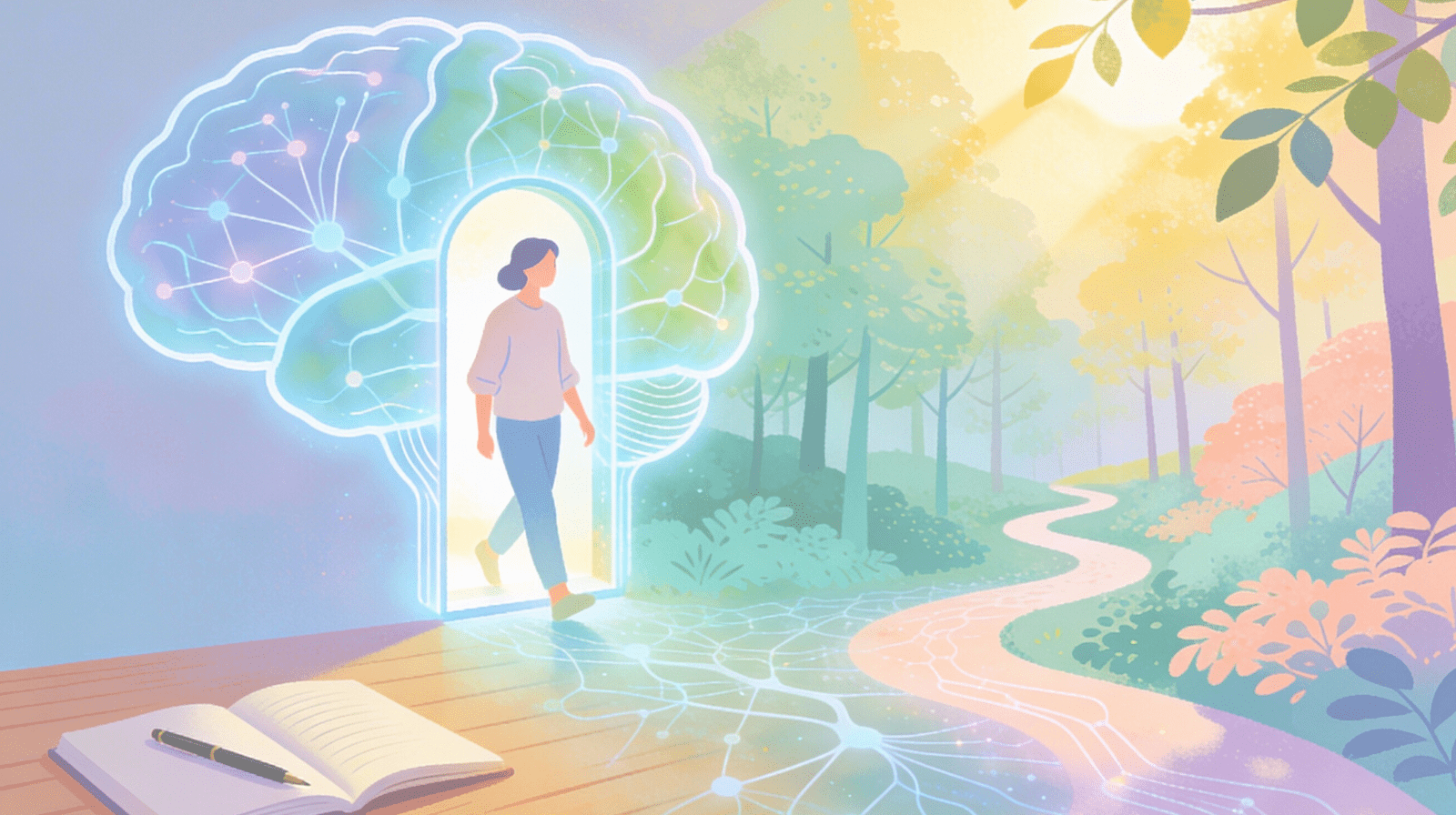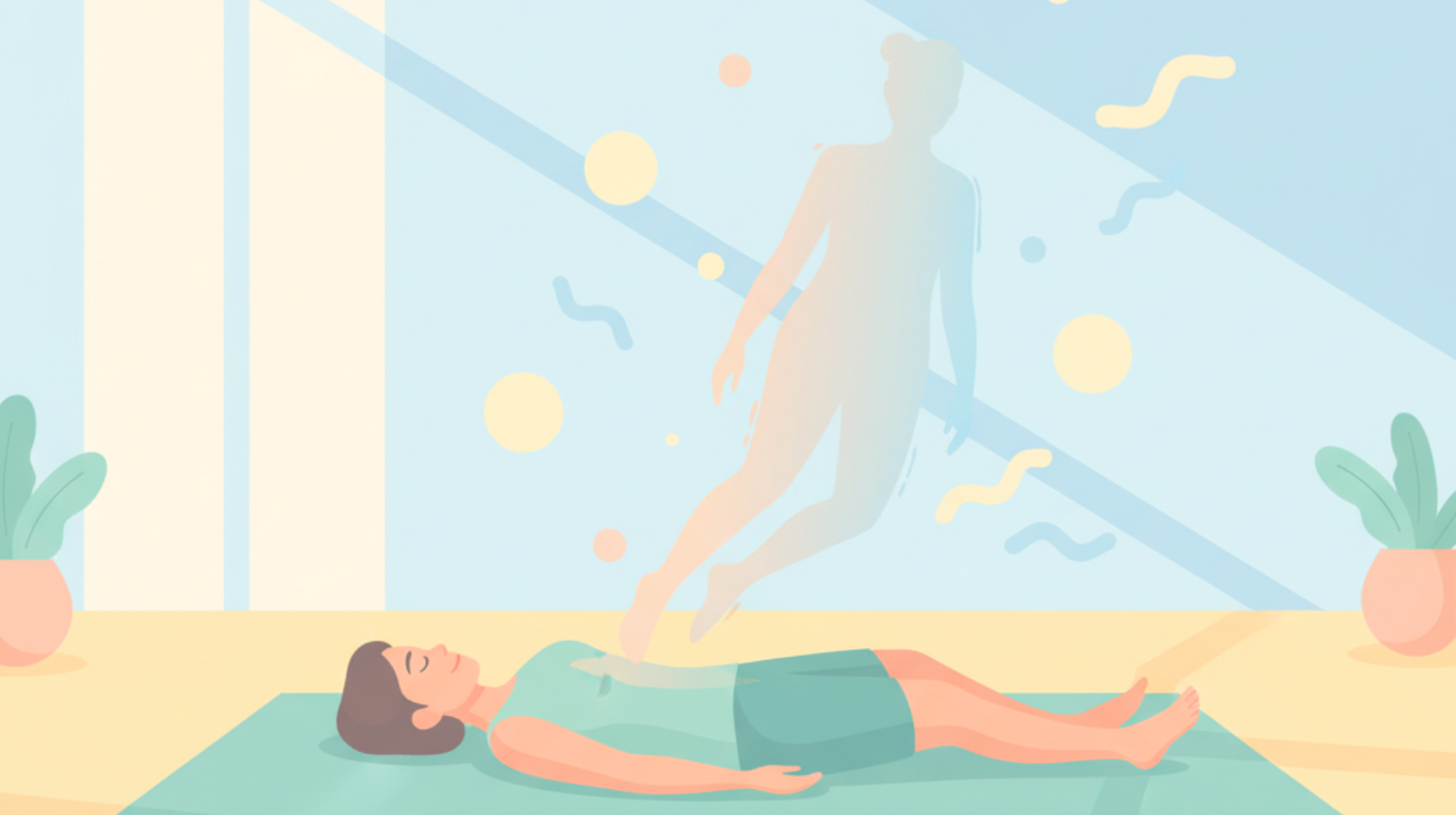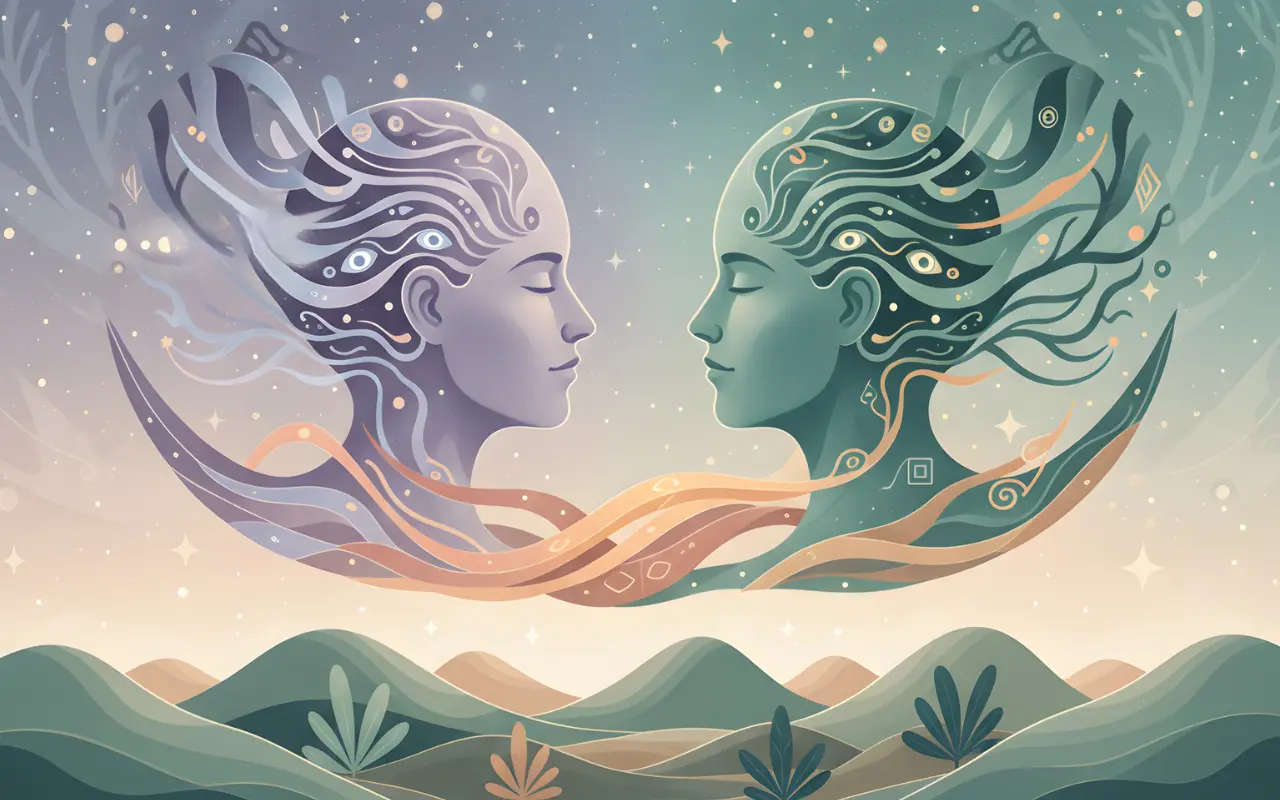
Bufo vs. Ayahuasca: A Science-Backed Guide to Two Powerful Psychedelic Medicines
Why Compare Bufo and Ayahuasca?
Once seen as fringe or tourist novelties, psychedelic medicines are now stepping into the mainstream. From clinical studies to wellness retreats, they’re being explored as powerful tools for emotional healing and personal growth. Two that draw the most attention: ayahuasca and bufo (5-MeO-DMT).
At first glance, it’s easy to lump them together. Both are psychedelics, both are used in ceremonial settings, and both involve some form of DMT. That, however, is where the similarities end.
Bufo and ayahuasca are markedly different: in their origins, chemistry, effects, and cultural contexts. Understanding these differences is essential for anyone considering taking either medicine to make informed decisions about its safety and intended use.
What is Bufo (5-MeO-DMT)?
“Bufo” refers to the venomous secretion of the Incilius alvarius toad (formerly Bufo alvarius and where the term “bufo” comes from), also known as the Sonoran Desert toad. Its venom contains 5-MeO-DMT, one of the most powerful psychedelics known. Unlike ayahuasca’s long, vision-heavy journeys, bufo hits fast and hard, with an overwhelming, often non-visual experience that rarely lasts more than an hour.
Typically, the venom is “milked” from the toad by squeezing it, dried, and then smoked by the user. However, as demand has surged, so have concerns of poaching and overmilking, threatening both the toads and the desert ecosystem in which they live. As a result, synthetic 5-MeO-DMT is increasingly common and often considered the more ethical option.
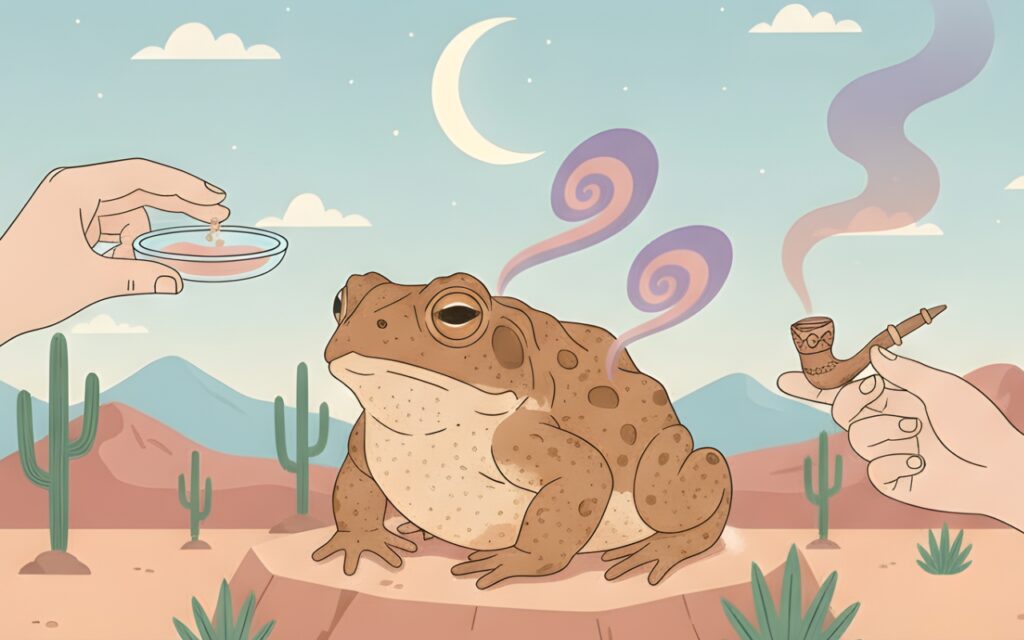
Unlike ayahuasca, bufo has no documented indigenous ceremonial use. Some evidence suggests indigenous peoples have used plant-derived 5-MeO-DMT-containing snuffs (psychedelic compounds from plants) for thousands of years, but have not used toad venom. Ceremonial use of bufo largely began in the 1970s, when its psychoactive properties became more widely publicized, particularly through the work of Ken Nelson and the Church of the Toad of Light. Today, it is used in guided sessions and therapeutic contexts, though questions of safety, ethics, and ecological responsibility remain central.
What is Ayahuasca?
Ayahuasca is a psychedelic tea that’s been brewed in the Amazon for centuries. It’s made by combining a vine called Banisteriopsis caapi with leaves from plants that contain DMT, a powerful hallucinogen. On its own, DMT doesn’t work when you drink it, but the vine unlocks it, and when the two are simmered together, you unleash a psychedelic experience that can last anywhere from four to six hours.
For Indigenous communities in Peru, Brazil, and Colombia, ayahuasca isn’t just a drug—it’s a sacred medicine. Shamans use it in ceremonies for healing, spiritual insight, and connection with what they call “teacher spirits.” These rituals are communal, often involving chanting, music, and hours of guided visions.
In the 20th century, ayahuasca spread globally, first through Brazilian syncretic religions such as Santo Daime and União do Vegetal, and later through retreat centers in South America and beyond. Today, ayahuasca ceremonies attract thousands of international participants, raising important questions about cultural respect, sustainability, and the risks of commercialization.
Science of the Experience: How They Affect the Brain and Mind
Bufo: Bufo works fast, binding to serotonin receptors and quieting the brain’s “default mode network”—the part that fuels your inner monologue and sense of ego. When that system goes offline, many people describe a sudden loss of boundaries between self and world, replaced by a powerful feeling of unity.
One study found that participants reported lasting improvements in life satisfaction, mindfulness, and mental health following 5-MeO-DMT use, indicating its therapeutic potential. Though research is still early, preliminary findings like these suggest it may help “reset” thought patterns, offering potential therapeutic benefits for depression, anxiety, and PTSD.
Ayahuasca: Ayahuasca works differently. Once the brew activates DMT in the brain, it triggers an extended visionary state. Studies show it boosts emotional processing and memory recall while encouraging the growth of new neural connections.
Some clinical trials demonstrate that Ayahuasca can significantly reduce symptoms of treatment-resistant depression, while others have shown potential benefits in treating PTSD and addiction.
Ayahuasca vs 5-MeO-DMT: Both medicines show promise in improving mental health and emotional resilience. They can enhance mood, expand self-awareness, and foster long-term well-being. But neither is a quick fix—safe settings, skilled facilitation, and thoughtful integration (like those practiced at Beckley Retreats) are what turn these powerful compounds into lasting breakthroughs.
Key Differences Between Bufo and Ayahuasca
Comparison Chart of Bufo vs. Ayahuasca:
| Bufo | Ayahuasca | |
|---|---|---|
| Duration of effects | 15-45 minutes, rapid onset | 4-6 hours, gradual onset |
| Effects | Intense, transcendent, often non-visual | Visionary, introspective, can cause vomiting and diarrhea |
| Origin | Animal derived | Plant derived |
| Source | Sonoran Desert toad secretions or synthetic variants | South American brew made from plants containing MAOIs and DMT |
| Use | Smoked | Imbibed |
| Legal status | Varies globally: A controlled substance in several countries, including the US, China, and Australia. Not directly regulated in other countries, like Mexico. | Varies globally: A controlled substance in many countries, including Chile, the US, and Canada. Some countries may have “religious use” exemptions. Legal in Costa Rica and Brazil. |
| Risks | Psychological distress, adverse reactions with medications, and ecological concerns | MAOI interactions, physical purging, blood pressure, cultural and ecological concerns |
Duration & Intensity
Bufo: When smoked or vaporized, 5-MeO-DMT experiences are typically short, lasting 15 to 45 minutes. It takes just 15 seconds to kick in and often induces a rapid and overwhelming state of ego dissolution. For some, the experience is blissful; for others, it can be scary and unsettling, underscoring the importance of safe context and integration.
Ayahuasca: By contrast, an ayahuasca ceremony stretches over four to six hours. The experience unfolds gradually, like a long story with peaks and valleys. The slow build allows participants time to engage with memories, symbolism, and emotions, making the insights easier to process in real-time.
Visual vs. Non-Visual Experiences
Bufo: Bufo is sometimes described as an “atypical” psychedelic in part due to its lack of visual effects. Many users report experiencing a whiteout, which is different from a blackout in that users retain a sense of the experience. Reports indicate that 5-MeO-DMT strips away complex visuals, allowing users to focus on their consciousness.
Ayahuasca: Ayahuasca, on the other hand, is known for its potent and complex visuals, which are often described as containing symbolic, geometric, and nature-based images. Users report visuals with their eyes both open and closed, partly due to the compound N,N-Dimethyltryptamine (DMT), which awakens the visual cortex in the brain.
Emotional purging & catharsis
Bufo: Bufo brings on an emotional release, a rapid and overwhelming feeling of “letting go” that is typically followed by crying, laughter, or intense emotional release. Unlike Ayahuasca, Bufo rarely involves purging in the physical sense. Instead, the “purge” is a sudden discharge of psychological tension or trauma, often expressed in primal sounds, bodily shaking, or sobbing.
Ayahuasca: Ayahuasca intertwines physical and emotional release. Physical purging—through vomiting, crying, sweating, or shaking—occurs and is often considered a cleansing process, not a side effect. Emotional burdens, grief, or trauma stored in the body are “let go” through purging.
Risk Profiles & Contraindications
Bufo: Bufo is, first and foremost, a venom that can cause serious harm. Blurred vision, dizziness, vomiting, and slowed heart rate are more common, with rarer side effects including paralysis, cardiac arrest, and anaphylaxis. Mentally and emotionally, the typical risks include psychological overwhelm, destabilization, or re-traumatization, especially at high doses.
Fewer risks are associated with pure 5-MeO-DMT. This is because the toad secretions contain other biologically active chemicals that can affect the heart and nervous system, potentially exacerbating heart conditions. It should also not be mixed with MAOIs (Monoamine oxidase inhibitors), which can be a lethal combination.
There are also ecological considerations, as milking wild toads can harm fragile ecosystems and toad populations.
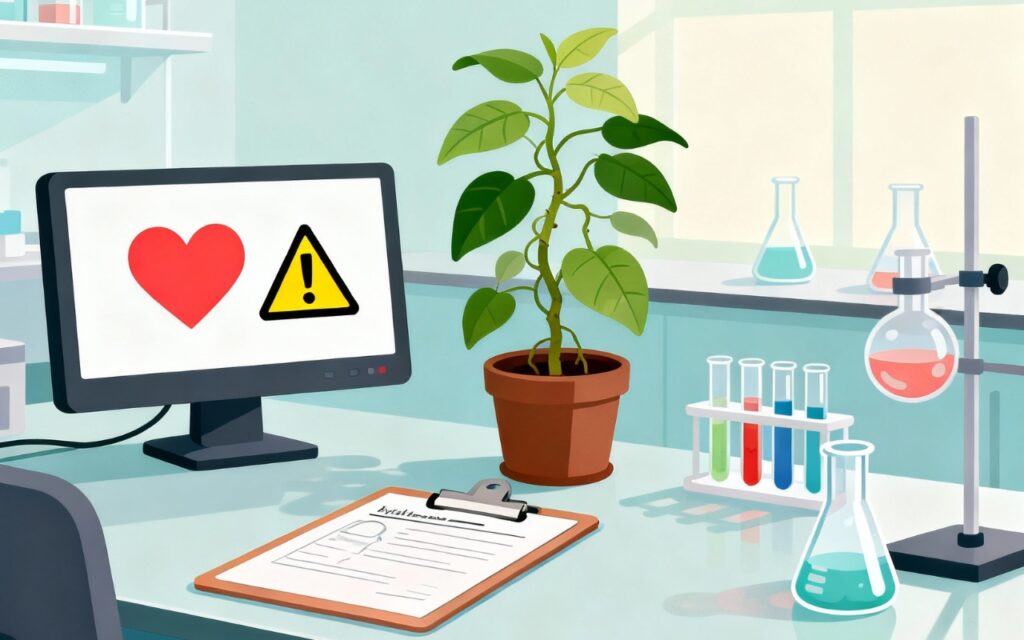
Ayahuasca: Medical screening is important for those on antidepressants, certain medications, or who have heart conditions, since ayahuasca can negatively interact with SSRIs, MAOIs, and several other classes of drugs. Also, intense vomiting and diarrhea can significantly raise blood pressure and potentially cause adverse reactions for those with heart conditions.
There is also cultural risk involved: Exploitative tourism puts indigenous cultures at risk, including their sacred plants, which can be overharvested to meet demand.
With both these substances, medical screening is essential since they can aggravate underlying psychiatric disorders such as schizophrenia.
Choosing Your Path: Which Might Be Right for You?
The choice between ayahuasca and bufo comes down to intention, readiness, and context. What are you looking for—emotional healing, spiritual awakening, or a reset after trauma?
- Those seeking a gradual, visionary journey with deep emotional processing may resonate with Ayahuasca. This has been noted to be particularly helpful for those with trauma, including veterans with PTSD.
- Bufo, by contrast, is short, overwhelming, and transcendent. In under an hour, it can strip away the ego and leave participants with a sense of unity or rebirth. But because of its intensity, it’s often considered better suited for those with some prior psychedelic experience.
Importantly, these are not interchangeable experiences. Some facilitators say ayahuasca can help prepare participants for bufo, while bufo can crystallize insights gained from ayahuasca. Either way, working with an experienced guide who understands the differences is key.
Settings matter as much as the substance, and retreat experiences like Beckley Retreats emphasize medical screening, trained facilitators, and ethical practices—a safety net needed for meaningful work. Without that structure, the risk of a problematic or destabilizing journey increases.
Safety, Ethics, and Integration
Both medicines require the supervision of skilled facilitators, a safe environment, and structured integration. Trained facilitators understand how to support individuals with diverse backgrounds, varying needs, and different traumas before, during, and after the experience. In fact, a single experience can be integrated over a long period of time.
- With bufo, integration often involves therapy, meditation, or integration circles to make sense of ineffable states.
- With ayahuasca, multi-day ceremonies often allow for on-site integration, but long-term support is still necessary to fully embody the lessons.
Legal and ethical considerations also play a role: while ayahuasca enjoys religious exemptions in some countries, both substances are controlled elsewhere. Prospective participants should research the laws, ensure ethical sourcing, and seek facilitators who honor indigenous knowledge and ecological sustainability. At Beckley Retreats, we place an emphasis on each of those factors.
Both medicines show immense promise in therapeutic settings, but they are not cure-alls. They are catalysts that, when combined with preparation and integration, can support long-term transformation.
A Quick Word on Legality
Ayahuasca and bufo are illegal in most places. And in the U.S., both the psychedelic compounds are Schedule I substances, which means you can’t legally buy, possess, or import them. Ayahuasca has exemptions for a few religious groups, such as União do Vegetal and Santo Daime, which can use it in ceremonies.
Bufo has no exemptions. Synthetic 5-MeO-DMT and the toad’s venom are both banned, and in some states, the Sonoran Desert toad is a protected species, so even collecting it is illegal. Laws vary abroad. Brazil and Costa Rica permit ayahuasca ceremonies, while many other countries treat both medicines as controlled substances.
Expert Insights on Bufo and Ayahuasca
- Rafaelle Lancelotta, therapist and psychedelic researcher: “One of the things that is very promising is that 5-MeO-DMT has a pretty short duration of action, so you can have a profound mystical experience in a short period of time. But if you are interested in really having that long-term resolution of symptoms and long-term improvement in quality of life, it’s going to require a lot more than simply dosing people.”
- Dr. José Carlos Bouso, ICEERS psychedelic researcher: “What stood out most to us was the significant difference in mental health outcomes between users who had supportive environments [during their ayahuasca use] and those who didn’t. This emphasizes the importance of a responsible and well-prepared setting for those seeking healing through ayahuasca.”
- Bia Labate, anthropologist and founder of the Chacruna Institute: “The psychedelic renaissance must recognize the risks of over-medicalization, commodification, and the erasure of historical and cultural contexts…The promise of psychedelics as healing tools cannot come at the cost of excluding Indigenous and traditional practitioners.”
In Conclusion
In comparing Bufo alvarius vs ayahuasca, we find two distinct yet complementary medicines. Ayahuasca’s rich cultural heritage and emotionally integrative process contrast with Bufo’s rapid plunge into transcendence. Neither is “better.” The real question is which one fits your moment—your intentions, your readiness, your willingness to surrender.
What matters most is not just the medicine, but the container: a safe setting, skilled facilitation, and an ethical respect for the cultures and ecosystems these practices touch. That’s the framework Beckley Retreats emphasizes, and it’s the framework that turns a psychedelic trip into something more—a chance for healing, transformation, and a deeper reverence for both science and tradition.
Sources:
- Uthaug, Malin V et al. (2020). Prospective examination of synthetic 5-methoxy-N,N-dimethyltryptamine inhalation: effects on salivary IL-6, cortisol levels, affect, and non-judgment. Psychopharmacology.
- Ermakova, AO et al. (2021). A narrative synthesis of research with 5-MeO-DMT. Journal of Psychopharmacology.
- Ruffell, Simon GD et al. (2023). Ayahuasca: A review of historical, pharmacological, and therapeutic aspects. PCN reports : psychiatry and clinical neurosciences.
- Uthaug, Malin V et al. (2019). A single inhalation of vapor from dried toad secretion containing 5-methoxy-N,N-dimethyltryptamine (5-MeO-DMT) in a naturalistic setting is related to sustained enhancement of satisfaction with life, mindfulness-related capacities, and a decrement of psychopathological symptoms. Psychopharmacology.
- Reckweg, Johannes T et al. (2022). The clinical pharmacology and potential therapeutic applications of 5-methoxy-N,N-dimethyltryptamine (5-MeO-DMT). Journal of neurochemistry.
- Palhano-Fontes et al. (2019). Rapid antidepressant effects of the psychedelic ayahuasca in treatment-resistant depression: a randomized placebo-controlled trial. Psychological medicine.
- Uthaug, Malin V et al. (2019). A single inhalation of vapor from dried toad secretion containing 5-methoxy-N,N-dimethyltryptamine (5-MeO-DMT) in a naturalistic setting is related to sustained enhancement of satisfaction with life, mindfulness-related capacities, and a decrement of psychopathological symptoms. Psychopharmacology.
- de Araujo, Draulio B et al. (2012). Seeing with the eyes shut: neural basis of enhanced imagery following Ayahuasca ingestion. Human brain mapping.
- Dos Santos, Rafael G et al. (2017). Ayahuasca, dimethyltryptamine, and psychosis: a systematic review of human studies. Therapeutic advances in psychopharmacology.
- Calnan, Megan et al. (2025). Exploring the Therapeutic Effects of Psychedelics Administered to Military Veterans in Naturalistic Retreat Settings. Brain and behavior.
- New York Times (2022). Demand for This Toad’s Psychedelic Toxin Is Booming. Some Warn That’s Bad for the Toad.
- UC Berkeley Center for the Science of Psychedelics. Psychedelics 101: Substances.
